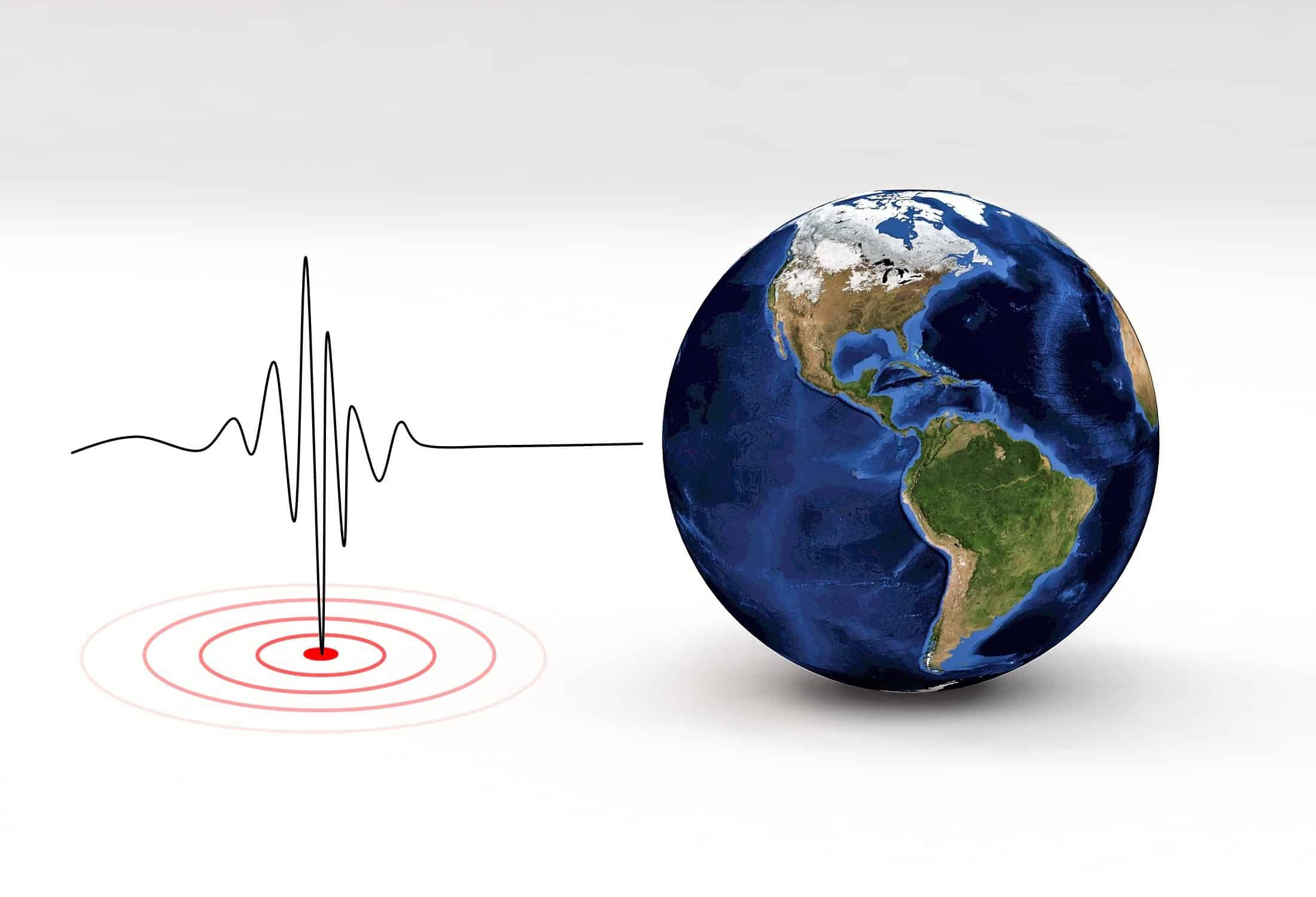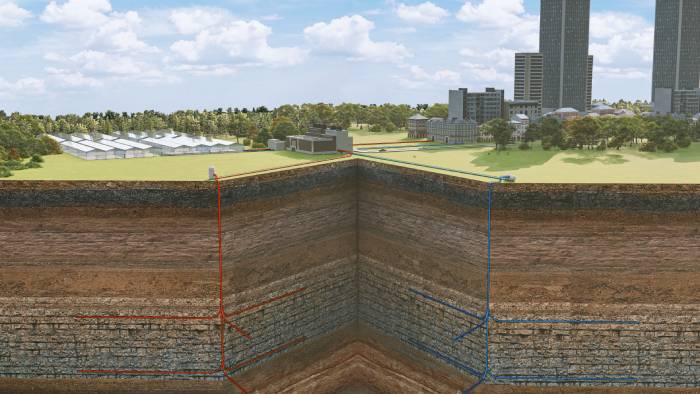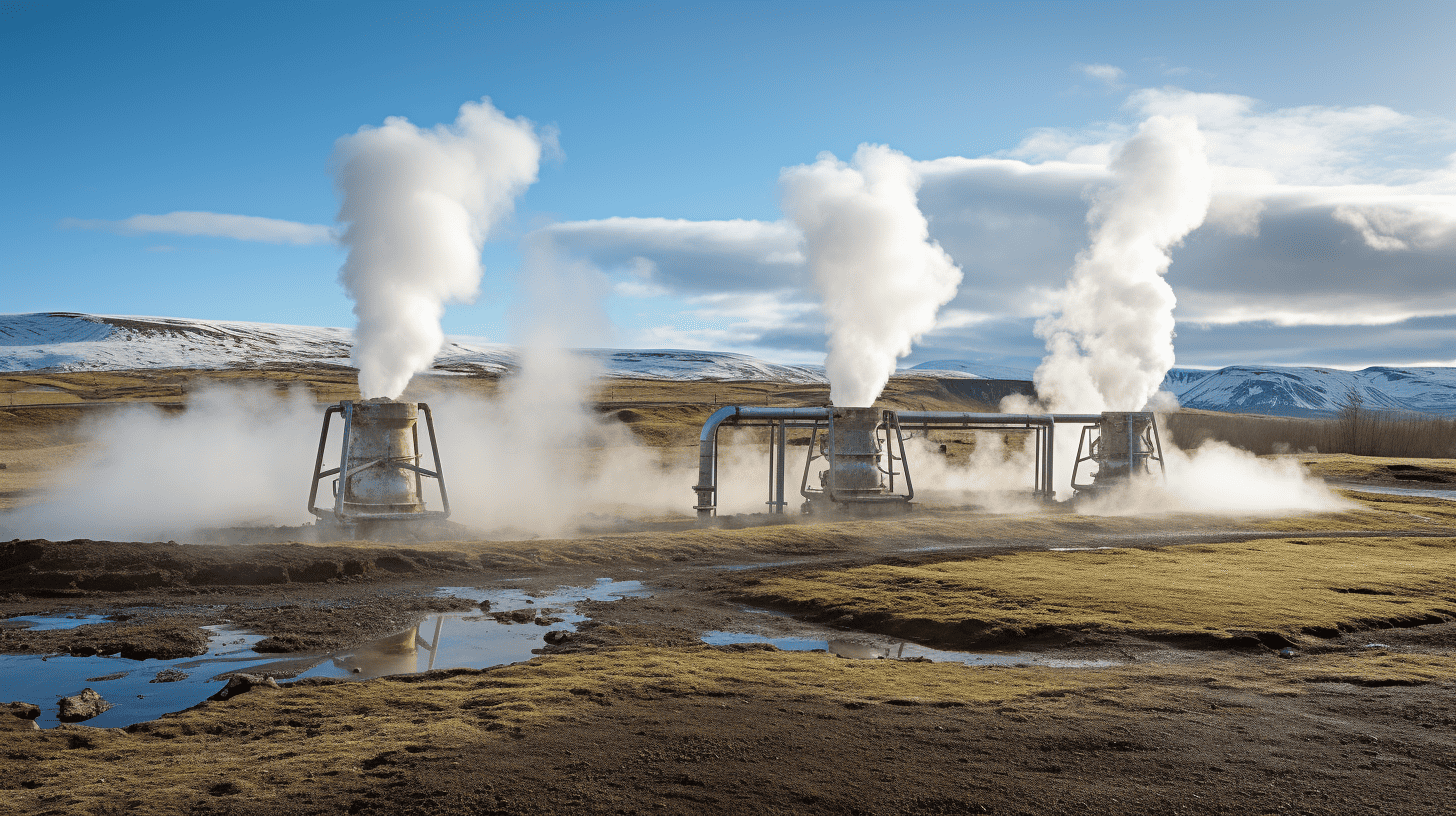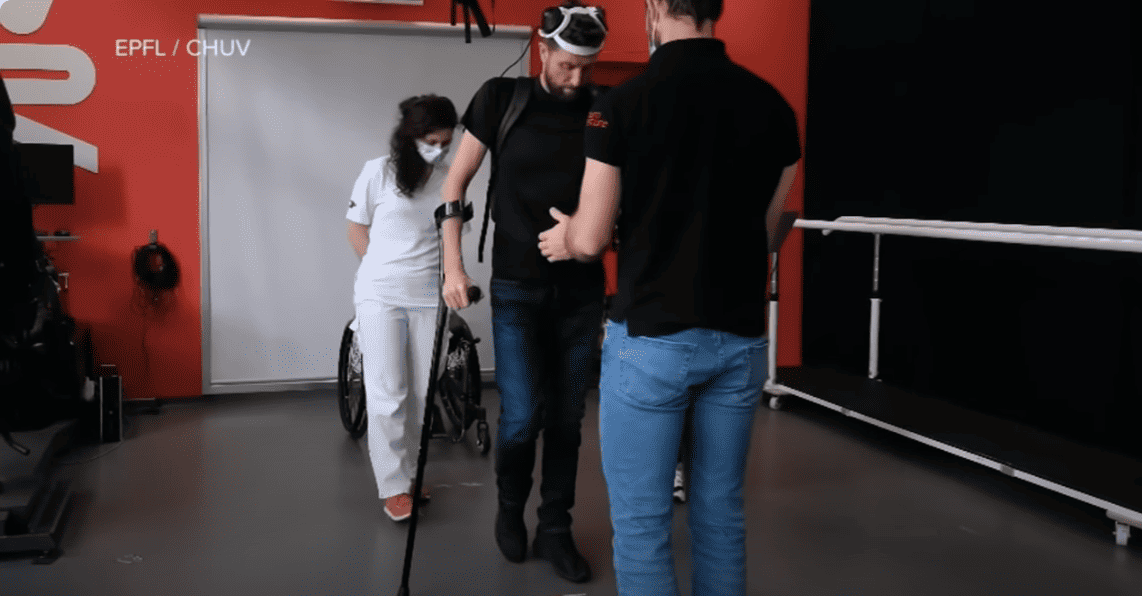
Scientists have developed a model that sheds light on the seismic risks arising from subsurface fluid injections, that are carried out as part of geothermal energy extraction, says science and technology institution EPFL in a press release.
- EPFL scientists create a 3D model to analyze seismic risks from subsurface fluid injections in geothermal energy extraction.
- Hydraulic stimulation used in geothermal wells can trigger earthquakes due to increased rock permeability.
- The research provides new insights to manage seismic risks and harness geothermal energy for a carbon-free economy.
Geothermal energy: a key to a carbon-free economy
To support the shift to a carbon-free economy, energy producers are eagerly looking for ways to safely extract geothermal energy from deep underground. EPFL associate professor Brice Lecampion, who heads the Laboratory of Geo-energy (GEL) is contributing to these efforts through the work being done by his research group. They’re developing models for describing the behaviour of the subsurface, with a specific focus on the consequences of subsurface fluid injections – that is, how fluid flow interacts with fractures in rocks. This research is important because underground water injection plays a key role in the extraction of geothermal energy, a renewable source. The latest findings pave the way to a better understanding of the underlying physical mechanism that triggers seismicity during geothermal operations.
The role of hydraulic stimulation in earthquakes
In Switzerland and elsewhere, geothermal wells that run deep underground (4–6 km below the surface) are controversial due to the potential for seismic events and subsurface pollution.
Geothermal wells that don’t run very deep remain in permeable layers of rock where water circulates easily. But as they get further below the surface, they enter impermeable rock, meaning engineers must either artificially create fractures in the rock where water can flow or stimulate existing fractures to increase their permeability. This is done through a process known as hydraulic stimulation. While this process enhances rock permeability, it also has the potential to trigger earthquakes.

Underlying mechanisms of induced seismicity
The risk of an induced earthquake is especially problematic since it doesn’t go away once the fluid injection stops, but rather continues for quite some time afterwards. Alexis Sáez, a PhD student at GEL and a co-author of the study, explains: “We looked particularly at earthquakes that occur between a few days and a few months after the end of fluid injection. Our research sheds light on a new physical mechanism that can trigger these delayed earthquakes.” He and Lecampion developed a 3D computer model and ran comprehensive technical analyses of how fluid injection and fractures interact. They described how fractures keep deforming after the fluid injection has ended, and how this delayed deformation process may promote the triggering of an earthquake.
“Our model gives engineers guidance and new calculation methods that can be integrated into more general strategies to mitigate the seismic risk associated with these operations,” says Sáez.
“For now, it’s really hard to predict the occurrence of injection-induced earthquakes – engineers rely mostly on statistical approaches, similar to what they do for natural earthquakes. Our research provides a better understanding of the physical forces at work. This is a step forward in the implementation of physics-based approaches to manage the inherent seismic risk of these operations and to ultimately unlock the vast potential of geothermal energy to facilitate the decarbonization of our energy system.”







